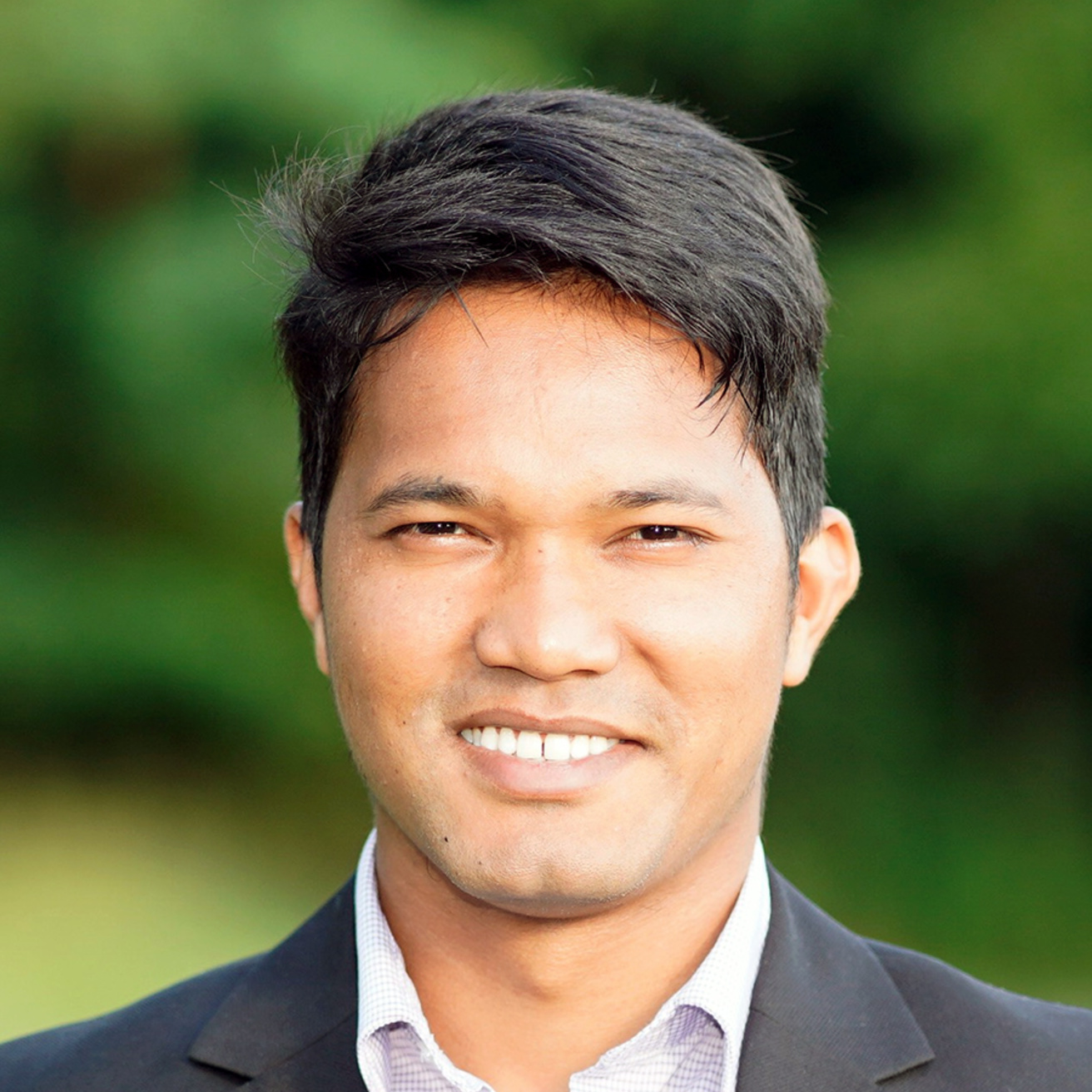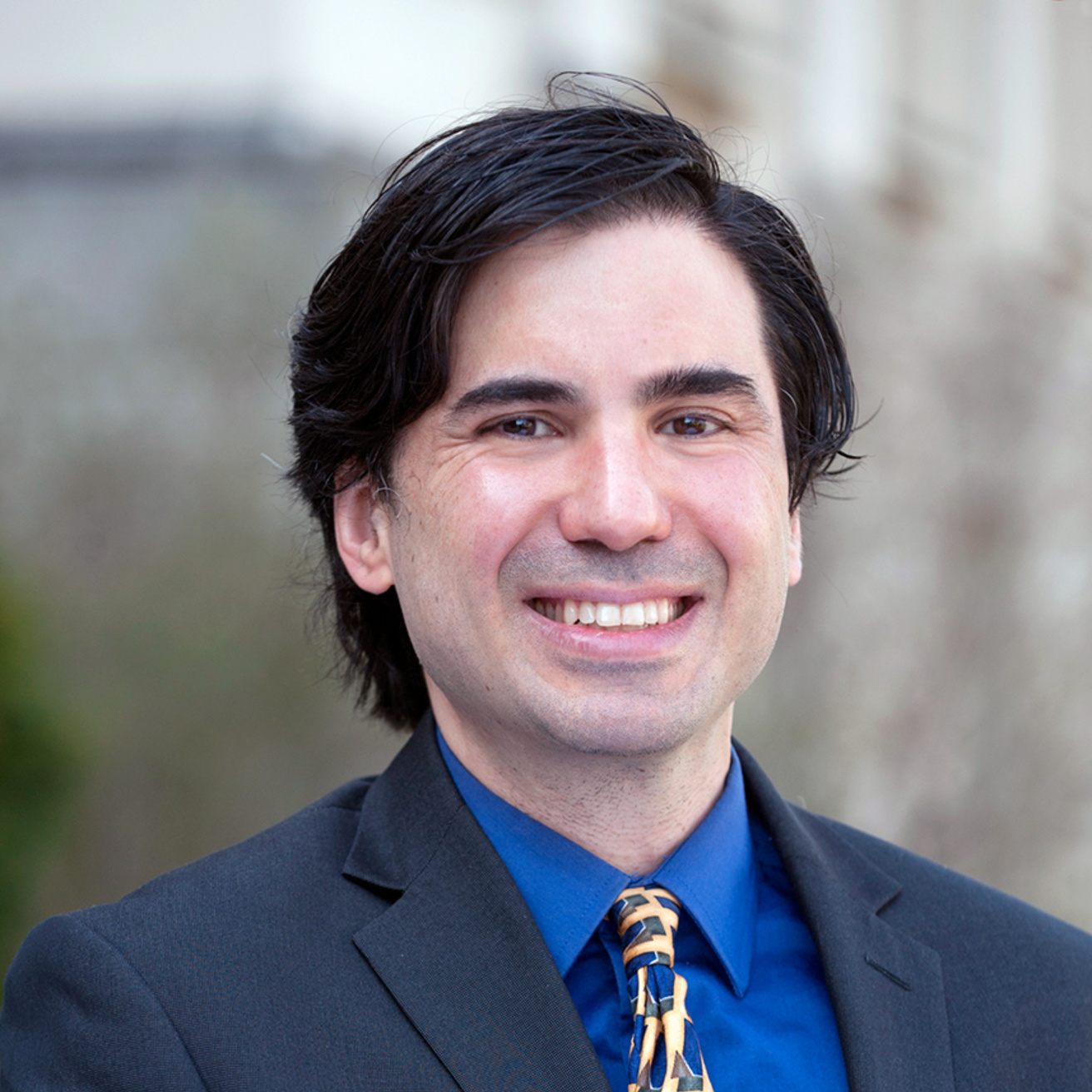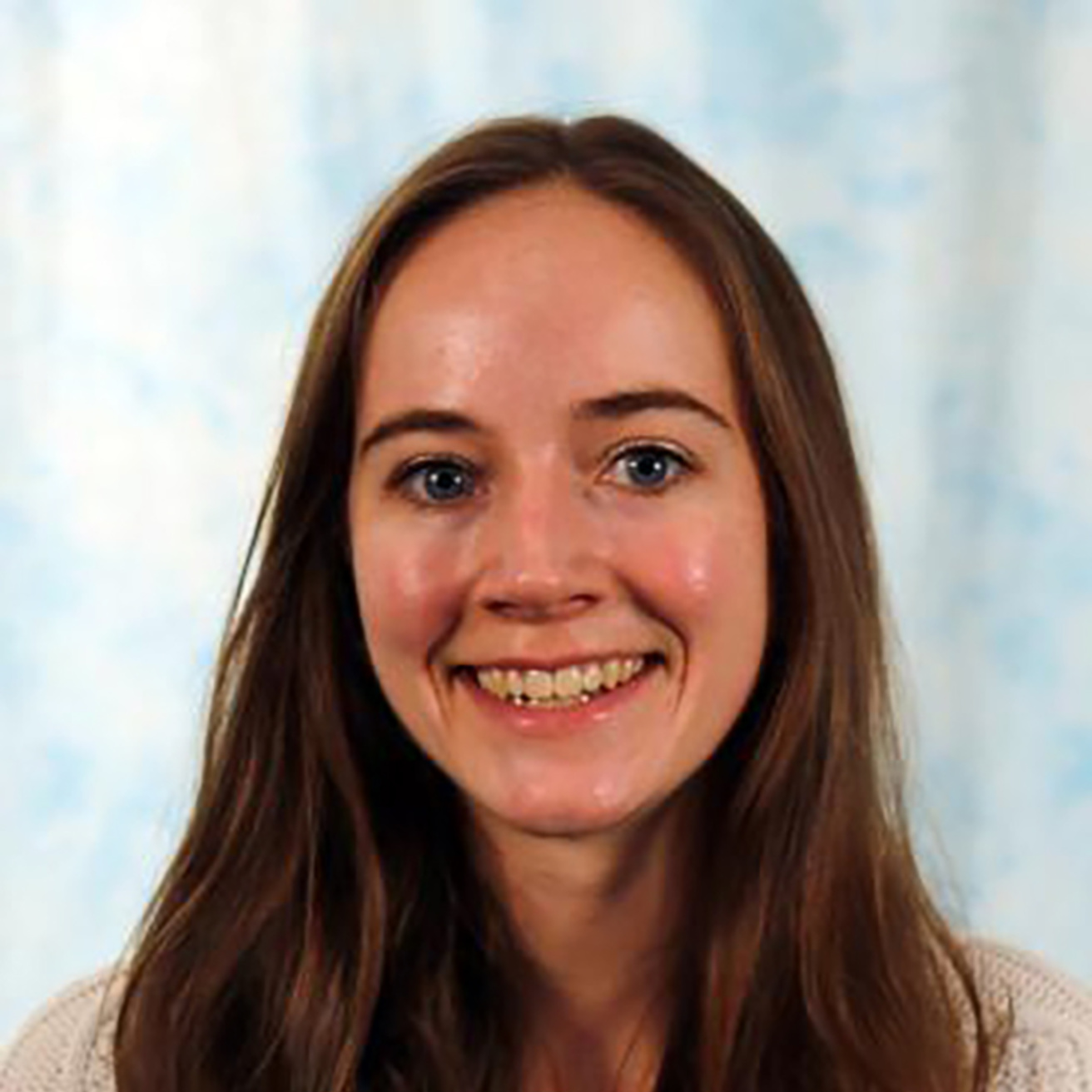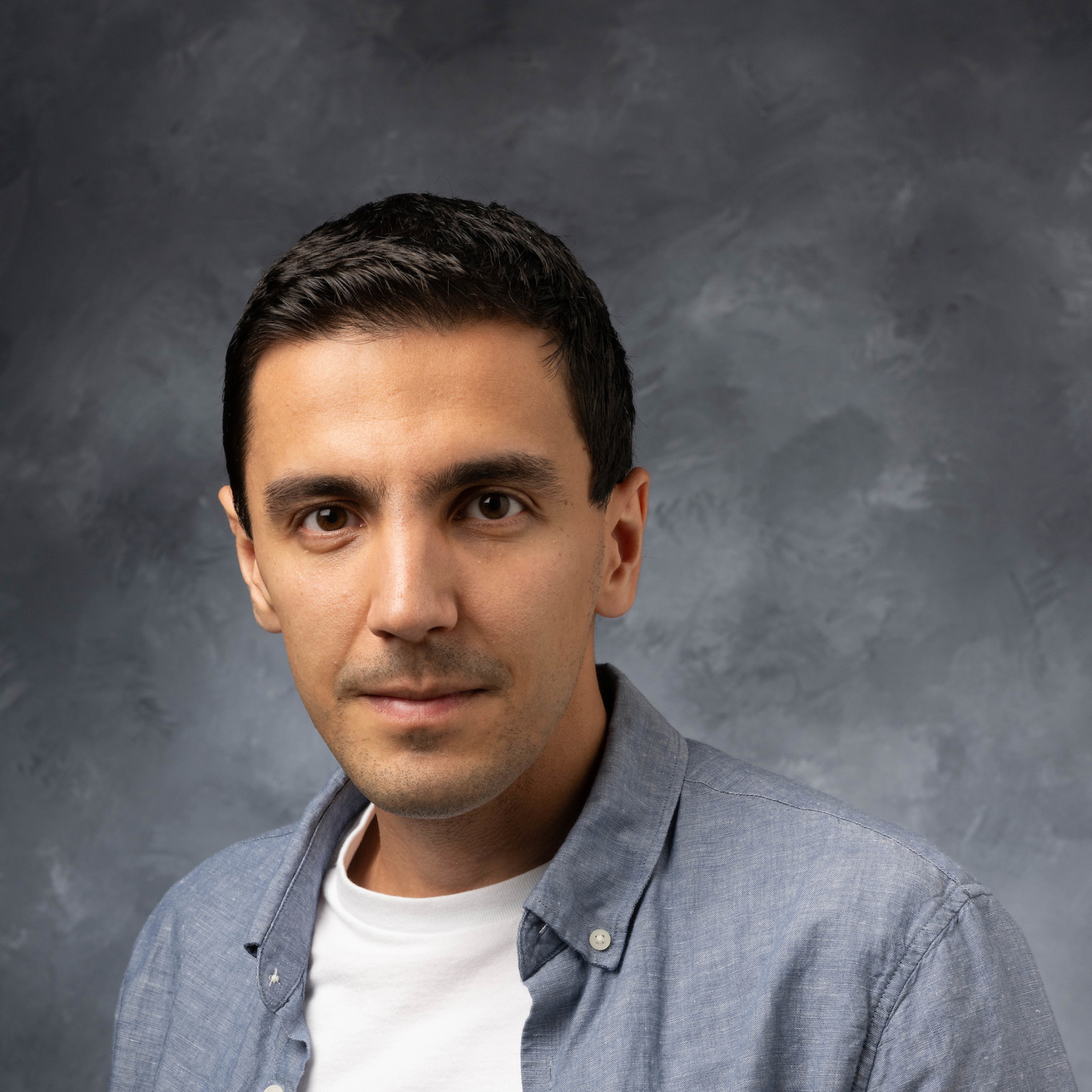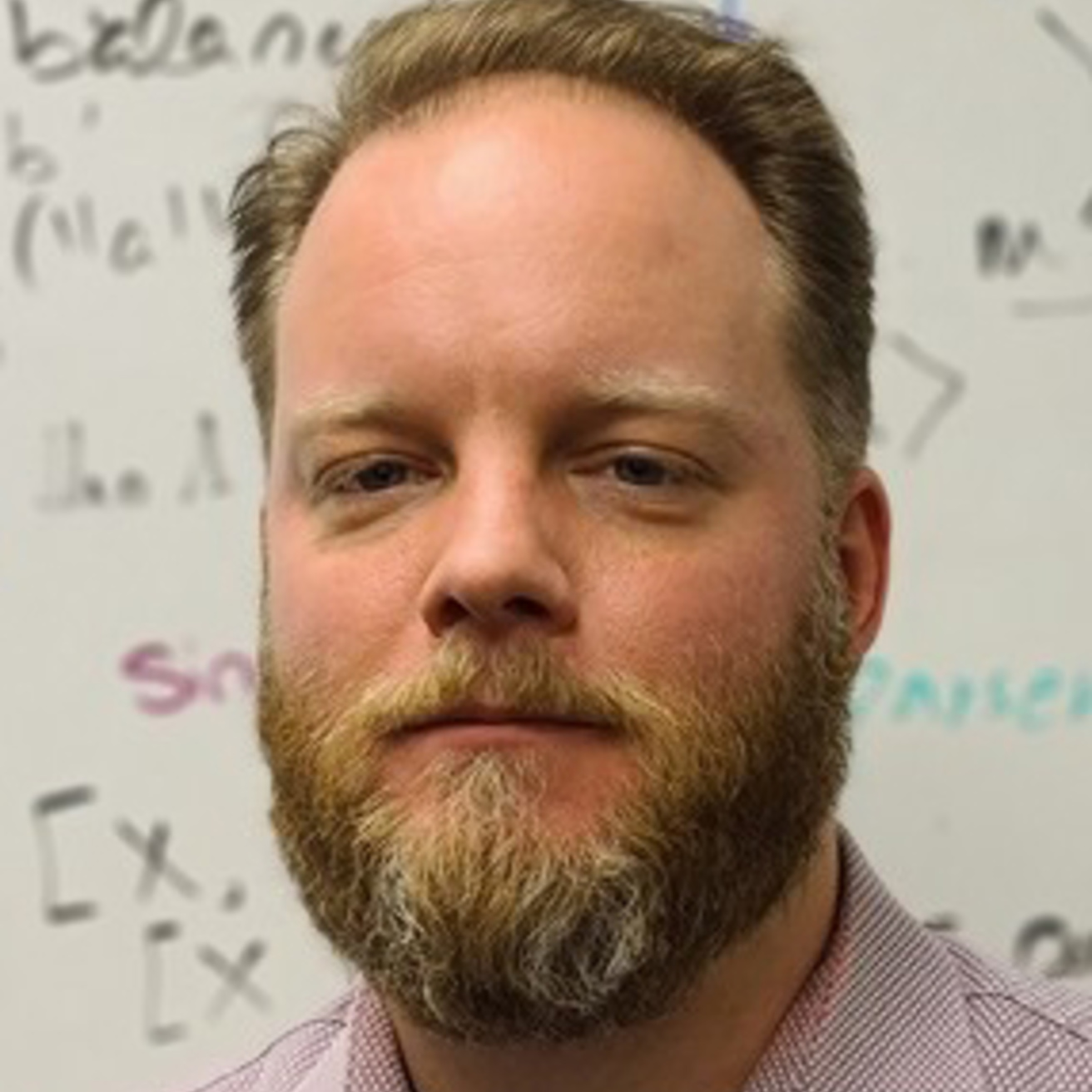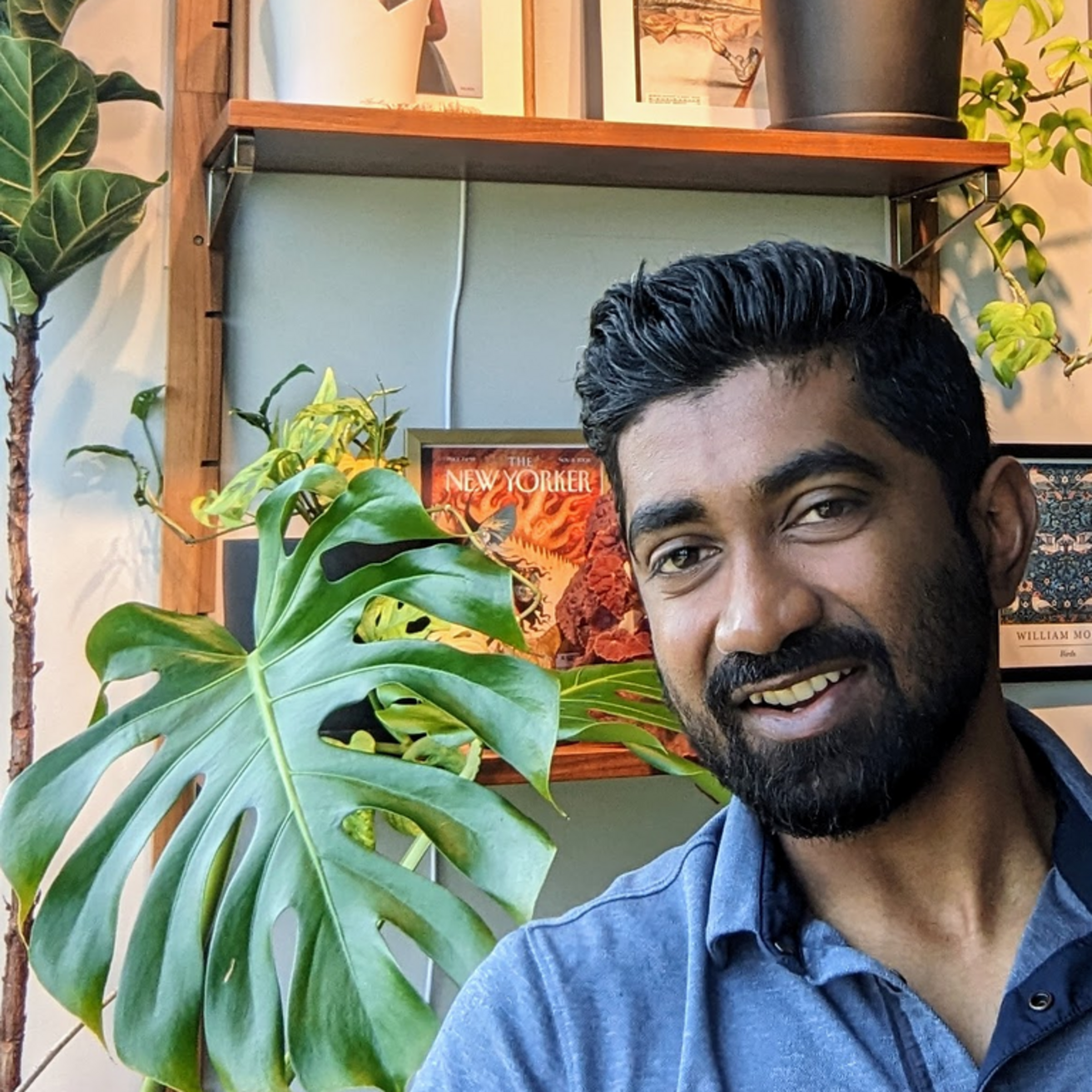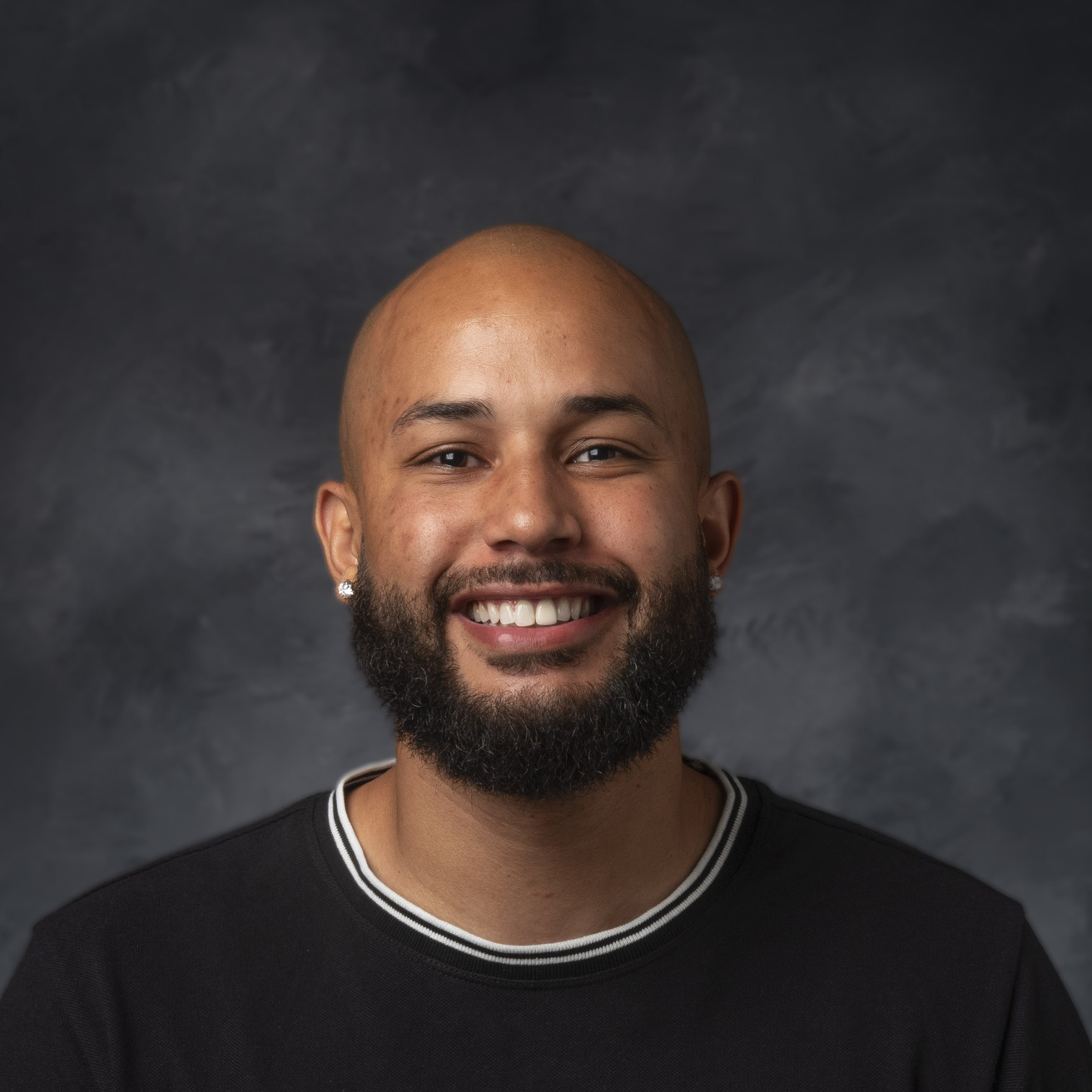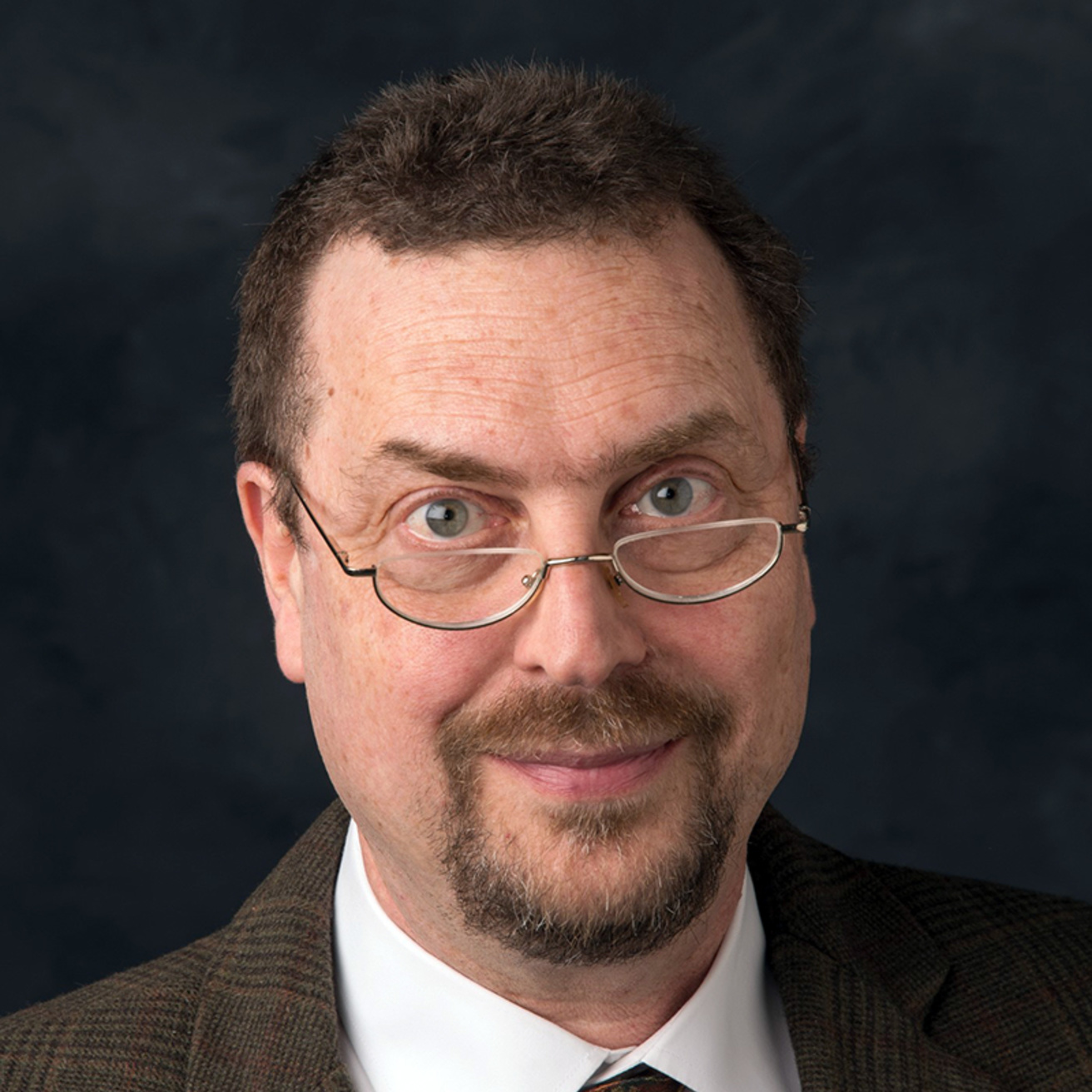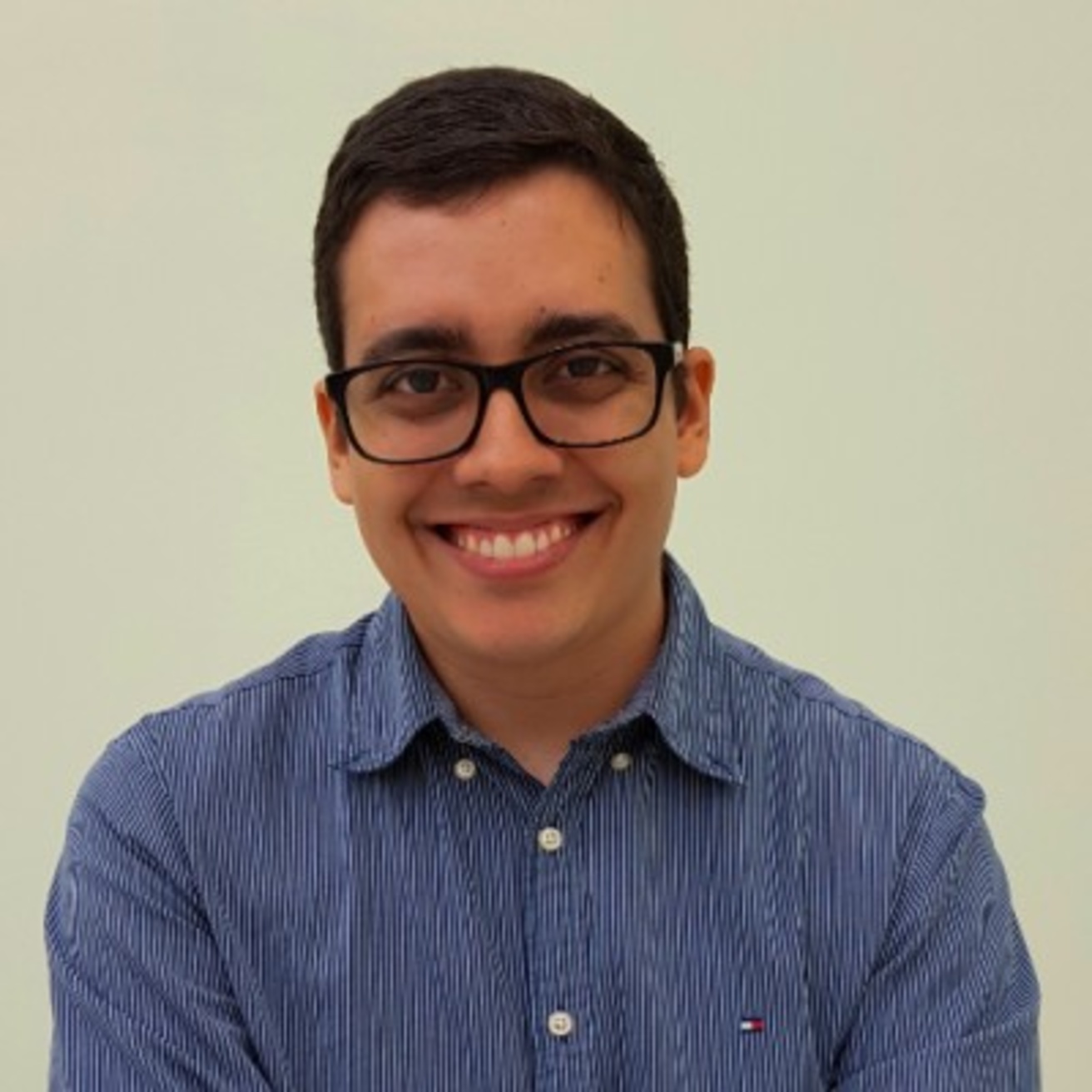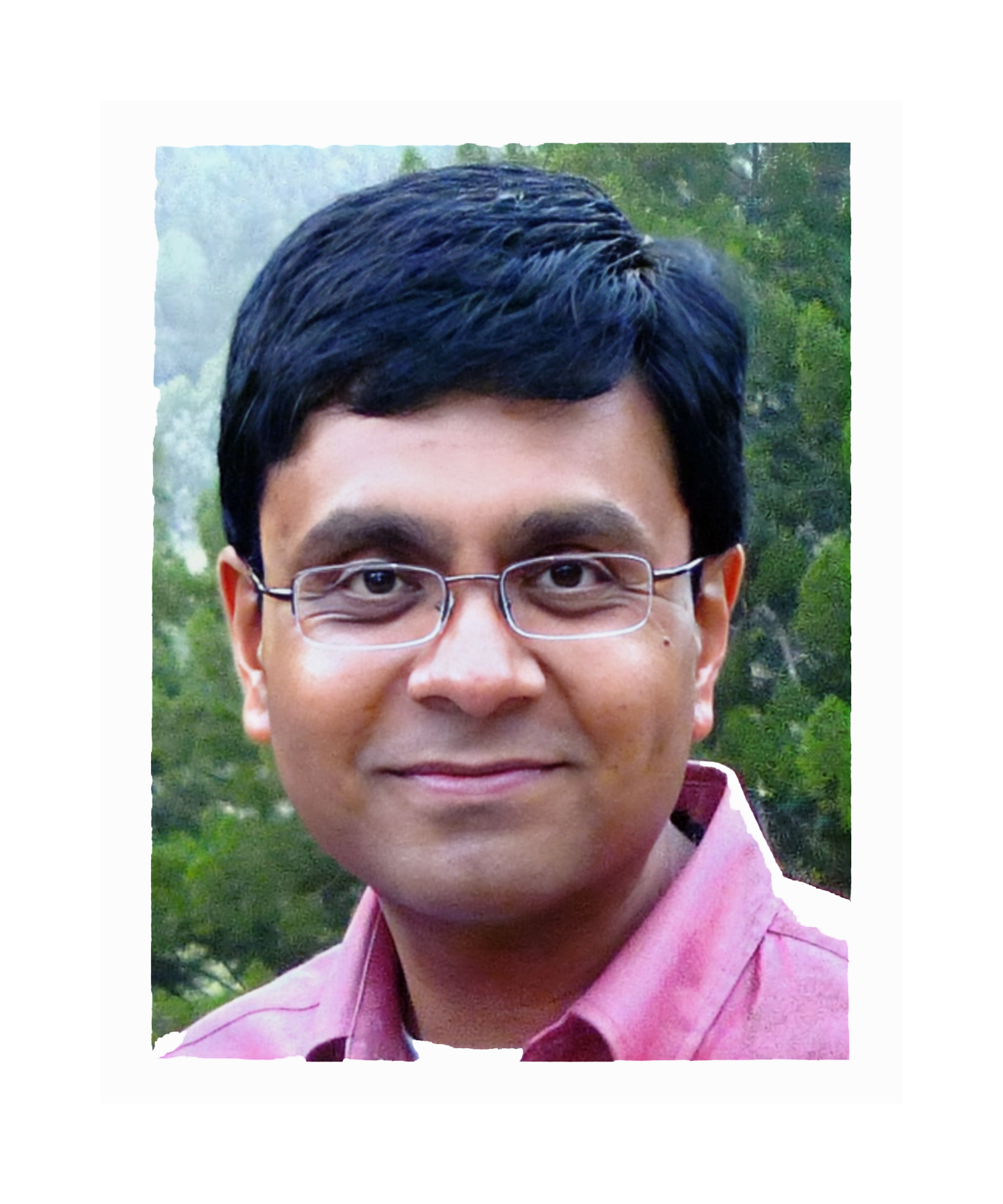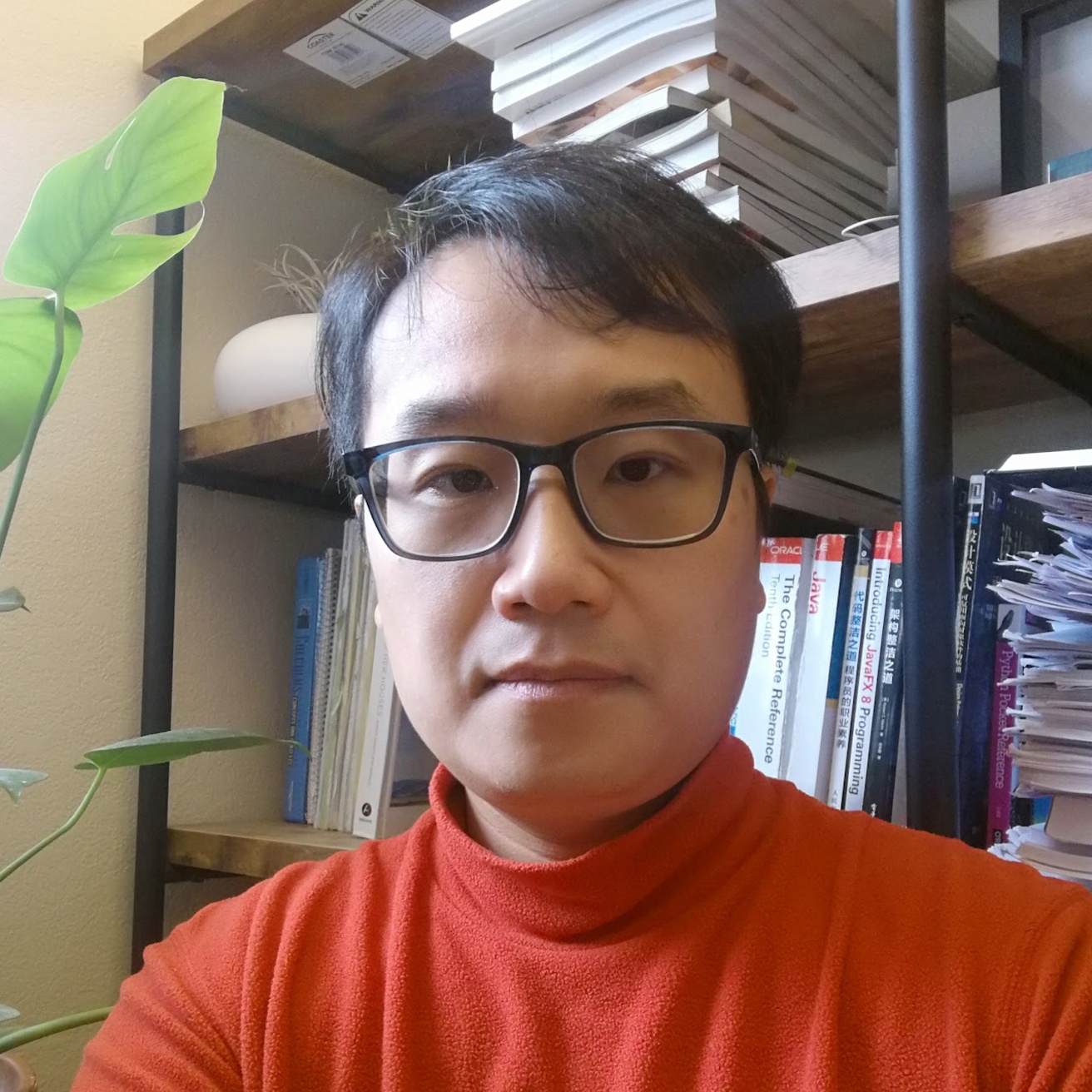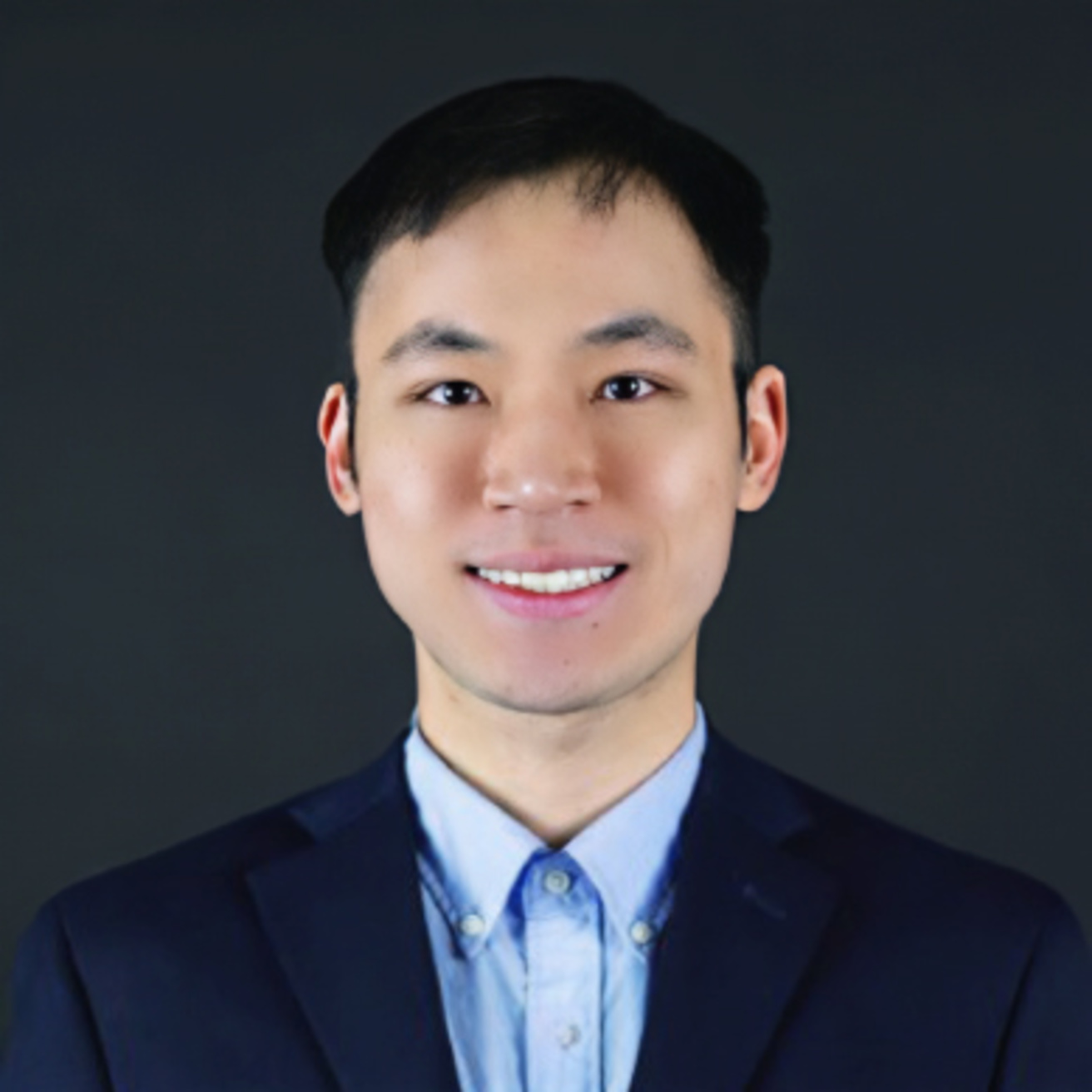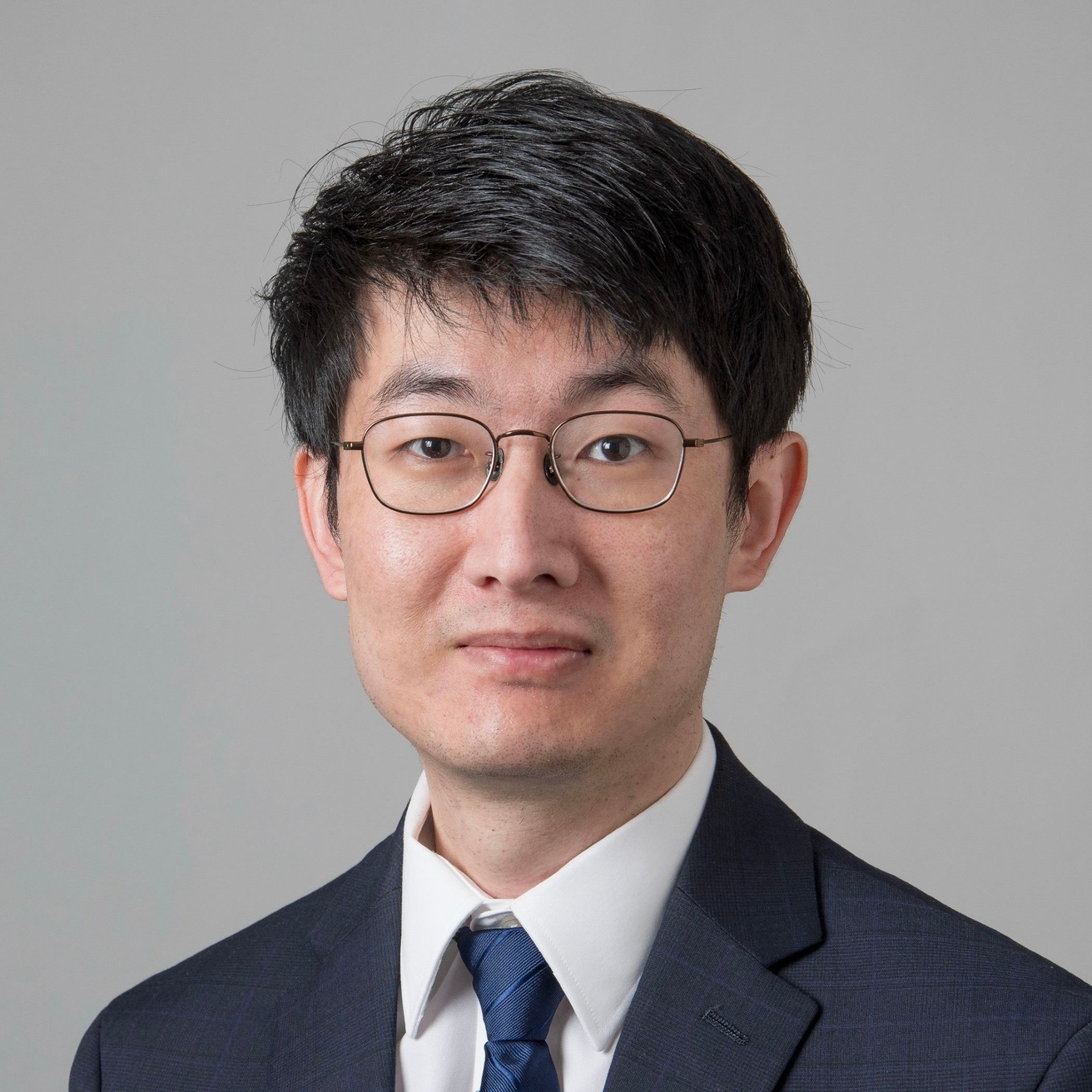Main navigation
The Department of Computer Science at the University of Iowa would like to share our research and our passion for this work with you and your students. To this end, we would like to introduce our speakers bureau, a list of faculty in our department who would love to present their work to your students! Our goal is to provide a single point of contact to set up faculty talks from our department. We also provide a list of possible talk topics, so you have an idea what we can offer. Ideally, by making it easier to organize colloquia and other presentations at your school, we will see you more often!
If you would like to set up a talk, please e-mail Prof. Moharrami with ideal dates and times and any preferred speakers or talks, and he will work to find a speaker available to fit your schedule. If you prefer one particular speaker, feel free to coordinate directly with them (though please copy mehrdad-moharrami@uiowa.edu, too).
Among other institutions, our faculty have visited St. Ambrose, Carleton, Coe, Cornell College, Drake, Grinnell, U. of Illinois Chicago, ISU, Knox, Luther, Truman State U., Wartburg, U. of Wisconsin La Crosse, as well as K-12 establishments.
Speakers and Sample Talk Topics
Bijaya Adhikari, Ph.D.
Bijaya Adhikari, Ph.D.
Data Driven Epidemic Forecasting
The ongoing COVID-19 pandemic has highlighted the necessity of epidemic forecasting. An accurate forecasting framework acts as a powerful tool to combat infectious outbreaks by giving valuable lead-time for preparation. In this talk, we present our data driven frameworks for epidemic forecasting for various targets associated with influenza and COVID outbreaks. Our data driven approaches are carefully designed with the true nature of the disease in mind. Hence, they help in addressing several challenges of real time forecasting such as interpretability, handling noisy signals, and principled propagation of uncertainty. Results from real time forecasting challenges show that our approaches are among the state-of-the-art.
Juan Pablo Hourcade, Ph.D.
Human factors, computing, and children
Human factors have been involved in key changes in the history of computing, making processes more efficient, broadening who can use computers, and expanding the applications of computing. These transformations have led to computing being ubiquitous in our lives, impacting even young children, not always in a positive way. In this talk, Hourcade presents a vision for children’s technologies that contrasts with prevailing industry approaches and presents an example of a technology that moves in his proposed direction. He concludes by discussing key guidelines for designing technologies for children.
The Evolving Landscape of Ethics in Computing
The increased ubiquity of computing in our lives, together with some concerning trends, have elevated the role of ethics in computing. In this talk I will discuss these trends, including dark patterns, surveillance technologies, and disinformation. I will then provide an overview of current ethical frameworks and computing ethics, while highlighting their limitations. The talk will continue with an outline of a possible solution to these limitations and an example of ongoing research applied to a specific technology and population.
Katherine Kosaian, Ph.D.
Formalizing mathematics in Isabelle/HOL
Many mathematical algorithms are used in safety-critical contexts. Correctness of these algorithms, and the mathematical results underlying them, is crucial. In formal methods, a piece of software called a theorem prover can be used to formally verify algorithms. In this approach, code for an algorithm is accompanied by a rigorous proof of correctness that only depends on the logical foundations of the theorem prover. Algorithms that have been verified in this way are highly trustworthy and thus safe for use in safety-critical applications. The theorem prover Isabelle/HOL is well-suited for formalizing mathematics. This talk will motivate formalized mathematics, exhibit how mathematics is formalized in Isabelle/HOL, and discuss the challenges that may arise, with a focus on three case studies.
Finding hidden structures in graph
In many real‑world networks, a simple underlying structure is obscured by noise; our goal is to recover this hidden backbone. Using random graphs as our mathematical model, we study two canonical planted problems in which a target structure is hidden among many edges: the Planted Spanning Tree, where a tree connecting all vertices is camouflaged by random noise edges, and the Planted Matching, where a perfect one‑to‑one pairing of vertices is hidden similarly. We ask how much noise still permits reliable recovery and when efficient algorithms achieve exact or partial reconstruction, drawing on tools from graph theory and probability.
Constrained Reinforcement Learning from Human Feedback
We study how to learn an effective decision‑making policy from a fixed dataset of human feedback while respecting a given constraint. From the data, we estimate both people’s preferences and the strength of the constraint, then use a simple penalty‑tuning method to balance doing well with following the rules. Our analysis accounts for uncertainty in these estimates and provides performance guarantees. We show how three factors—estimation error, how well the data cover the situations we care about, and the amount of slack allowed by the constraint—jointly determine whether the constraint can be satisfied and how close we can get to the best possible performance.
J. Garrett Morris, Ph.D.
Modularity is an evergreen problem in writing and specifying software. The goal is simple: specifications of programs and data should support the addition of both new cases—that is, new kinds of data—and new operations. Despite this problem having been identified as early as 1975, modern languages lack effective solutions. In this talk, I'll use the modularity program as an entry point to explaining the scope and aims of programming language (PL) research. I'll talk about what programming language research is (it's nothing to do with semicolons), where it comes from (and why it predates electronic computers), and how the tools of PL allow us to capture, with mathematical precision, what modularity means and how we can achieve it.
Rishab Nithyanand, Ph.D.
The Quest for Transparency and Accountability in the Online Data Ecosystem
Professor Nithyanand’s research is broadly in the areas of privacy and social computing. His research aims to improve transparency and accountability in the online data ecosystem. He accomplishes this goal through a rigorous examination of the algorithms and processes used by social media platforms and online advertising technologies. This involves developing computational techniques for assessing: (1) the internal mechanisms of opaque systems, (2) how these systems interact with their stakeholders, and (3) whether these systems are operating within the bounds of existing norms and regulations. His research focuses on social media platforms and ad-tech because of their significant influence on the Internet and society, their similarly opaque processes, and heavy reliance on user data. Therefore, by enhancing the transparency and accountability of these ecosystems, his research improves the core mechanisms that influence user experiences and behavior across the Internet.
Taylor L Olson, Ph.D.
Machine Ethics: Towards Morally Competent AI
The new field of machine ethics bridges computer science, moral philosophy and psychology, and epistemology. The goals are to 1) improve the moral competence of AI systems to ensure they safely participate in our social world and 2) better understand morality via formal analysis and empirical evaluation. This talk will introduce the field of machine ethics, including: motivation for explicit ethics in machines, a review of the current state of the art, and our recent work formalizing moral reasoning and learning.
Alberto Maria Segre, Ph.D.
Computational Epidemiology
Computational epidemiology lies at the intersection of computer science, engineering, statistics, and health care. Our goal is to inform public and hospital policy decisions on topics such as: disease surveillance, disease prevention measures, and outbreak containment. Covers our work, including computational models, simulations, and visualization for the spread of disease.
Lucas Silva, Ph.D.
Towards Multi-Device Use for Personal and Family Health Tracking
Digital self-tracking technologies can help people better understand themselves and reflect on how to improve their health and wellbeing, such as monitoring one’s food intake, exercise, moods, progress towards goals, and more. However, current health tracking technologies mostly target single user and device, typically phones, overlooking the increasing availability of multiple technologies in people's daily lives and the diverse interaction and data modalities available. This limitation constrains opportunities for self-tracking in different contexts. In this talk, I describe systems I designed and evaluated that integrate people's technological and social contexts for health tracking, exploring opportunities for making self-monitoring more convenient, connected, and meaningful.
Rahul Singh, Ph.D.
Mapping the Protein Universe
What does the Universe of all molecules look like? In this talk, I will cover research being conducted in my lab that seeks to answer this fundamental question by considering biologically relevant molecules such as proteins and enzymes that underlie the processes of life. We will show how data about the structure of thousands of such large-molecules can be leveraged to produce a map of the protein Universe. We will also look into the design of novel algorithms and human-data interaction strategies to analyze and assimilate information from such maps.
Weiran Wang, Ph.D.
How does a voice assistant recognize very rare words?
Recent years have seen a tremendous explosion in voice user interfaces (VUIs), like voice search, assistant, and control applications. The success of VUI-based applications depends on the ability of the underlying Automatic Speech Recognition (ASR) system to properly transcribe phrases that are contextually relevant to the speaker, the listener, or both. Examples of contextually-relevant phrases include names of the speaker’s contacts and geographically-close points of interest. Contextually relevant phrases are inherently hard to recognize because they represent instances of domain shift. For example, generally, it is much more likely for a single user to speak the name of one of their contacts than for any given contact name to occur in a given training data set; indeed, a given name or phrase may not appear at all in an ASR system’s training set in the case of unorthodox spellings (Ke$ha) or novel words (COVID-19). Further, contextually-relevant phrases may not be known until inference time, e.g., as the user of a voice assistant can add contact names any time before speaking. In this talk, I will discuss the fundamental ideas behind ASR and contextual biasing, and some recent work I have done in this area.
Muchao Ye, Ph.D.
Video Anomaly Detection by Deep Learning: Past, Present, and Future
In this talk, we will discuss the application of deep learning in the field of video anomaly detection, an important task that automates the localization of anomalous events in videos. We will discuss the past trend of applying non-explainable deep neural networks in this application first. After that, we will introduce the recent technique of vision-language models (VLMs) applied in video anomaly detection. The results show that VLMs can substantially improve the explainability of the models while yielding state-of-the-art performance. We will conclude the talk by discussing the future trend in video anomaly detection.
Tianyu Zhang, Ph.D.
From 5G to the Factory of the Future
Factories are no longer just places with conveyor belts and assembly lines. Around the world, manufacturers are transforming their systems into “smart factories,” where machines, robots, and sensors are connected and work together like a team. This transformation is powered by advanced communication technologies such as 5G and industrial networks, which allow machines to share data instantly and coordinate complex tasks. In this talk, we’ll explore how these technologies are changing the way factories operate, making them more efficient, flexible, and even sustainable.
